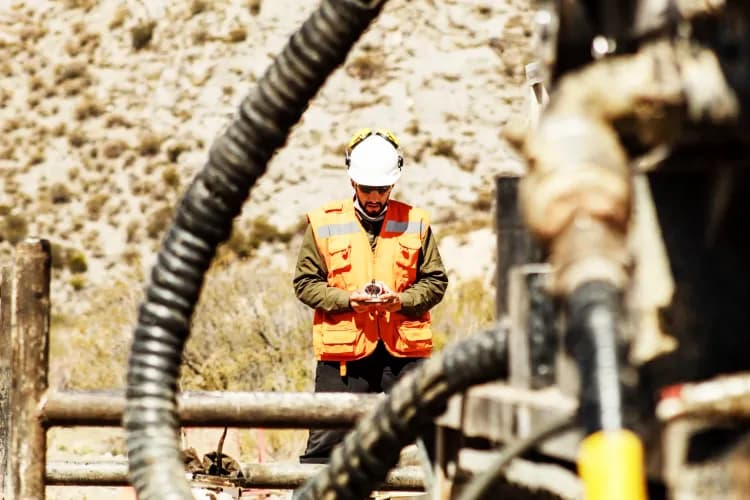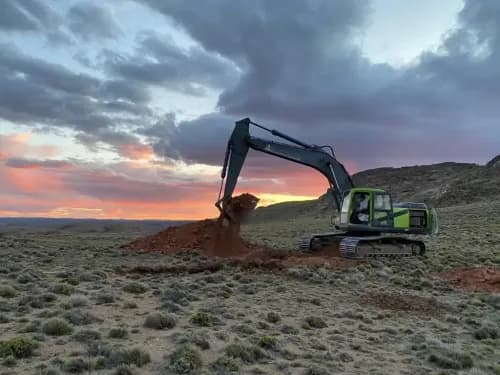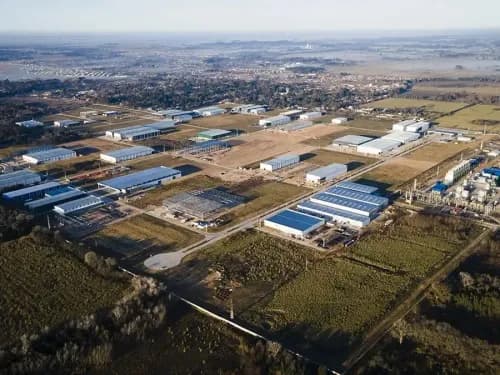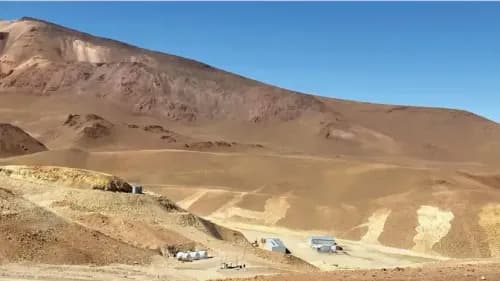First Quantum Minerals reaffirmed the continuity of the Taca Taca mining project, located in the Salta Puna region, which includes an investment of US$3.6 billion for the production of copper, gold, and molybdenum. In recent meetings with provincial authorities and the Mining Commission of the Salta Senate, the company presented its technical, economic, and environmental progress, highlighting the creation of 4,000 jobs during the construction phase and 2,000 during operations, as well as the development of key infrastructure for the project.
By Panorama Minero
Salta strengthens its portfolio of mining projects
The Canadian mining company First Quantum Minerals has reaffirmed its commitment to the Taca Taca project, a copper, gold, and molybdenum venture located in the far west of the province, which foresees an investment of US$3.6 billion. During a meeting with Governor Gustavo Sáenz on November 19, company executives presented the planning for the upcoming stages and highlighted Salta’s potential as one of the mining jurisdictions with the strongest growth prospects in the country.
The week before, on November 13, the company had presented the project’s progress to the Mining Commission of the Salta Senate, outlining the economic, technical, and environmental aspects of the initiative.
In an expanded meeting with the Senate’s Commission on Mining, Natural Resources and Environment, Germán Pérez, First Quantum’s Manager of Administration and Finance, explained that the construction phase will generate 4,000 jobs, while the operational phase will add a further 2,000 workers. The project also promises a projected fiscal contribution of US$10 billion, strengthening the region’s economic growth and public revenue.
Infrastructure, energy and sustainability
The Taca Taca project includes ambitious infrastructure plans, such as power lines, railway rehabilitation, and road connectivity to facilitate mineral transport, with an estimated investment of US$250 million. Although initial road access will be via National Route 51 and later through Provincial Route 27, the company aims to restore the railway branch line to export production to Pacific Ocean ports.
In terms of energy, the plan includes the construction of a high-voltage transmission line with an estimated demand of 250 MW, which will rely on renewable energy sources.
First Quantum also emphasized water sustainability: the project will use industrial water and brine that are not suitable for human consumption, with 85% of the water reused. Emiliano Fammarini, the company’s Superintendent of Hydrogeology, emphasized that the project does not share water sources with local communities.
The company’s commitment to the project’s social and environmental surroundings does not end there. It stated that it is building a database of local suppliers to maximize regional hiring, and is advancing agreements with universities to develop training programs for the technical profiles required for operations.
Finally, First Quantum Minerals executives stressed that approval of the Environmental Impact Study and the permits associated with the Incentive Regime for Large Investments (RIGI) are essential prerequisites to begin construction and ultimately bring this ambitious mining project to fruition.


























